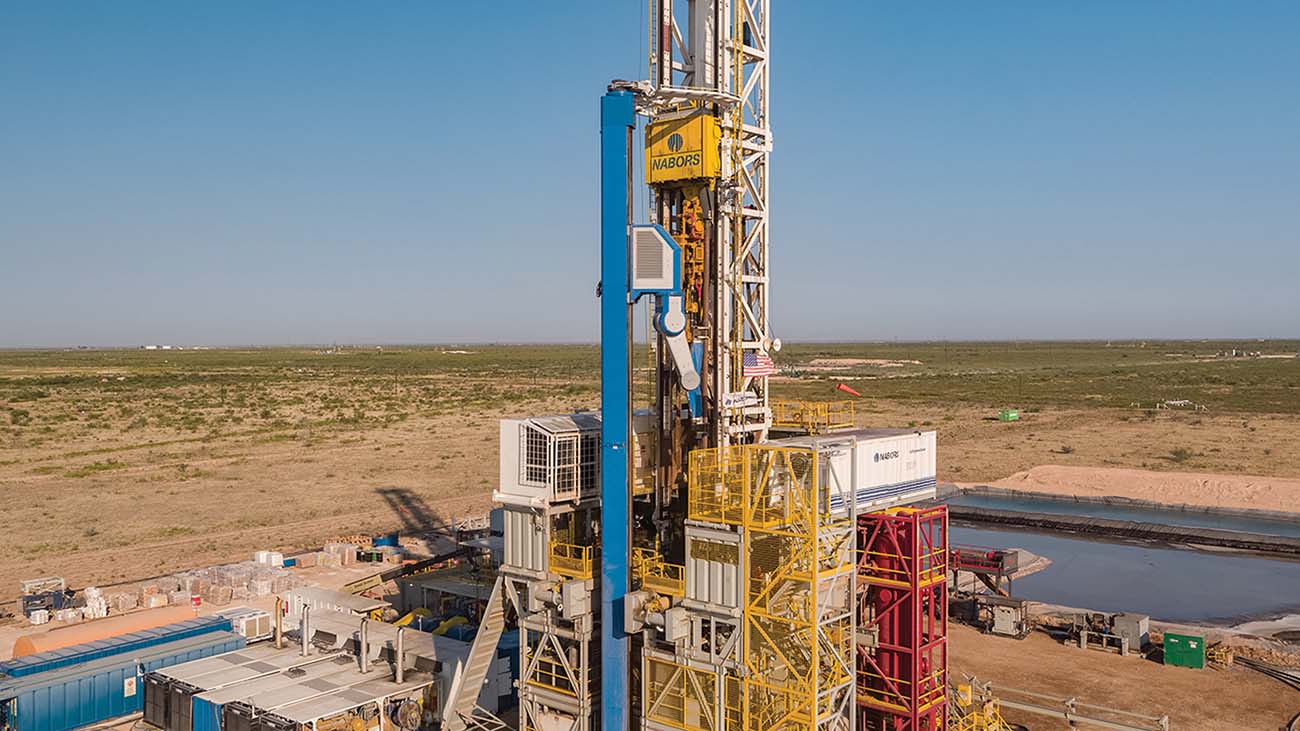In today’s high-stakes drilling environment, every second counts and every decision carries a cost. The margin for error is razor-thin, and operational delays can translate into millions of dollars in non-productive time (NPT). In such a climate, flexibility, speed, and precision are critical assets.
This is why drilling fluid equipment rentals have become more than a stopgap—they are now a strategic enabler of field performance.
Whether it’s a high-pressure pump for mud mixing, a centrifuge for solids control, or a filtration unit to ensure fluid clarity, the ability to deploy the right equipment at the right time can mean the difference between a successful operation and a compromised well.
But not all rental strategies are created equal. To truly enhance field capability, equipment rental must be backed by best practices in planning, execution, support, and accountability.
The Growing Demand for Equipment Flexibility
Modern wells are becoming more complex:
-
Deeper and hotter reservoirs
-
More aggressive drilling profiles
-
Narrower pressure windows
-
Higher environmental scrutiny
-
Increased fluid system sophistication
These conditions require dynamic fluid management systems—and that means operators can no longer afford to rely solely on static, in-house equipment inventories.
Instead, rental solutions offer:
-
Rapid deployment to remote or multi-rig locations
-
Access to latest-generation technology without capital expense
-
Tailored equipment configurations per project scope
-
Reduced logistics, storage, and maintenance burden
The key is to treat rental services not as “emergency options,” but as strategic assets built into the field execution plan.
Best Practice 1: Align Equipment with Fluid Program Objectives
The first rule of effective equipment rental is this: technology must serve the fluid strategy.
Every piece of rental equipment—whether it’s a high-shear mixer, mud agitator, filtration skid, or shale shaker—must be aligned with:
-
The type of drilling fluid system (WBM, OBM, SBM)
-
The operational goals (rate of penetration, hole cleaning, fluid loss control)
-
The downhole challenges (HPHT, reactive shale, salt zones)
-
The site constraints (space, power, mobility)
Oversized, undersized, or incompatible equipment can slow performance, increase product consumption, and drive up costs.
Best Practice 2: Prioritize Equipment Reliability and Certification
Rental equipment must operate under extreme conditions. The best providers deliver field-proven systems that are:
✅ Certified and maintained to industry standards
✅ Regularly inspected and pre-tested before dispatch
✅ Backed by performance logs and operating manuals
✅ Designed with safety features for high-risk environments
At Oilchem Drilling Fluids, every rental unit undergoes multi-point quality checks, pressure and function tests, and is accompanied by a certified technician when required.
Best Practice 3: On-Site Support and Integration
The rental transaction doesn’t end with equipment delivery—it begins there.
Technical support must be built into the rental agreement, including:
-
On-site commissioning and calibration
-
Real-time troubleshooting during critical operations
-
Guidance on integration with existing rig systems
-
On-the-spot training for rig personnel where necessary
When issues arise, downtime is not an option.
That’s why Oilchem’s rental solutions come with 24/7 engineering support and regional field readiness.
Best Practice 4: Flexibility in Rental Terms and Logistics
No two operations are alike. Best-in-class rental providers offer:
-
Scalable packages (single unit to full system setup)
-
Short and long-term rental options
-
Quick mobilization and demobilization
-
Clear SLA agreements and transparent cost structures
Operational delays can cost hundreds of thousands of dollars per day. Rental contracts must be structured to eliminate friction—not create it.
Best Practice 5: Data-Driven Accountability
In the age of digital operations, equipment performance must be measured, recorded, and analyzed.
Oilchem’s rental equipment is:
-
Fitted with telemetry and condition monitoring tools
-
Integrated into fluid performance dashboards
-
Tracked for runtime hours, performance efficiency, and fault logs
-
Supported with post-job reports to inform future operations
This data-driven approach ensures transparency, continuous improvement, and long-term reliability.
The Oilchem Advantage: A Strategic Approach to Equipment Rentals
Oilchem Drilling Fluids Limited delivers a complete rental ecosystem, offering:
-
High-performance fluid mixing, filtration, and recycling equipment
-
Certified tools for HPHT, deepwater, and land-based operations
-
Custom rental strategies designed around your project needs
-
Field deployment support from experienced mud engineers and technicians
-
Rapid logistics and full documentation for HSE and compliance auditing
We don’t just rent equipment—we deliver operational readiness.
Conclusion: Rentals That Deliver Results
In today’s drilling environment, speed, accuracy, and adaptability are non-negotiable. Renting equipment isn’t just about filling a gap—it’s about empowering the field with the right tools, at the right time, with the right support.
When done correctly, equipment rentals enhance field capability, reduce capital exposure, and accelerate execution timelines without compromising safety or quality.
Because in this business, downtime is expensive—but the right equipment, deployed with precision, is priceless.







